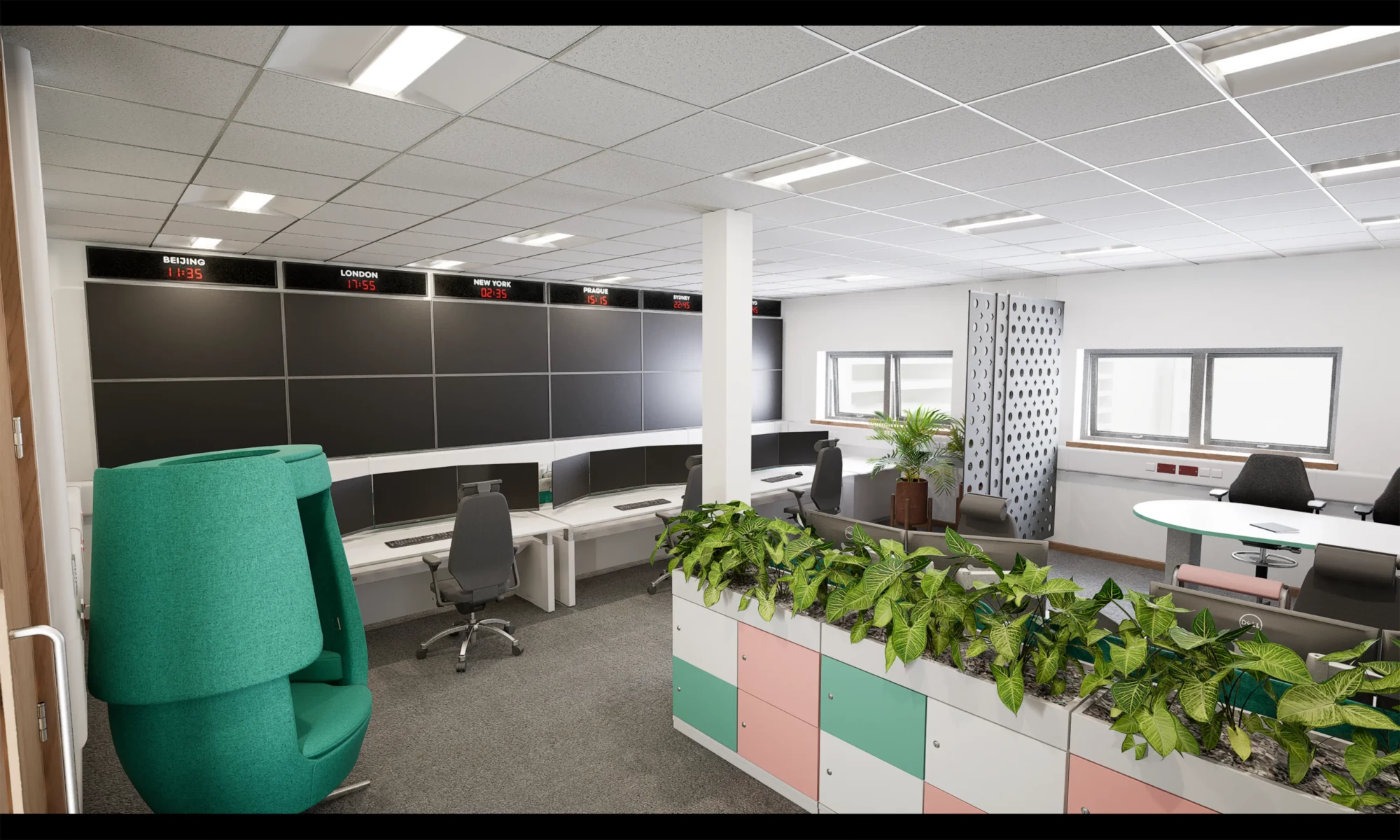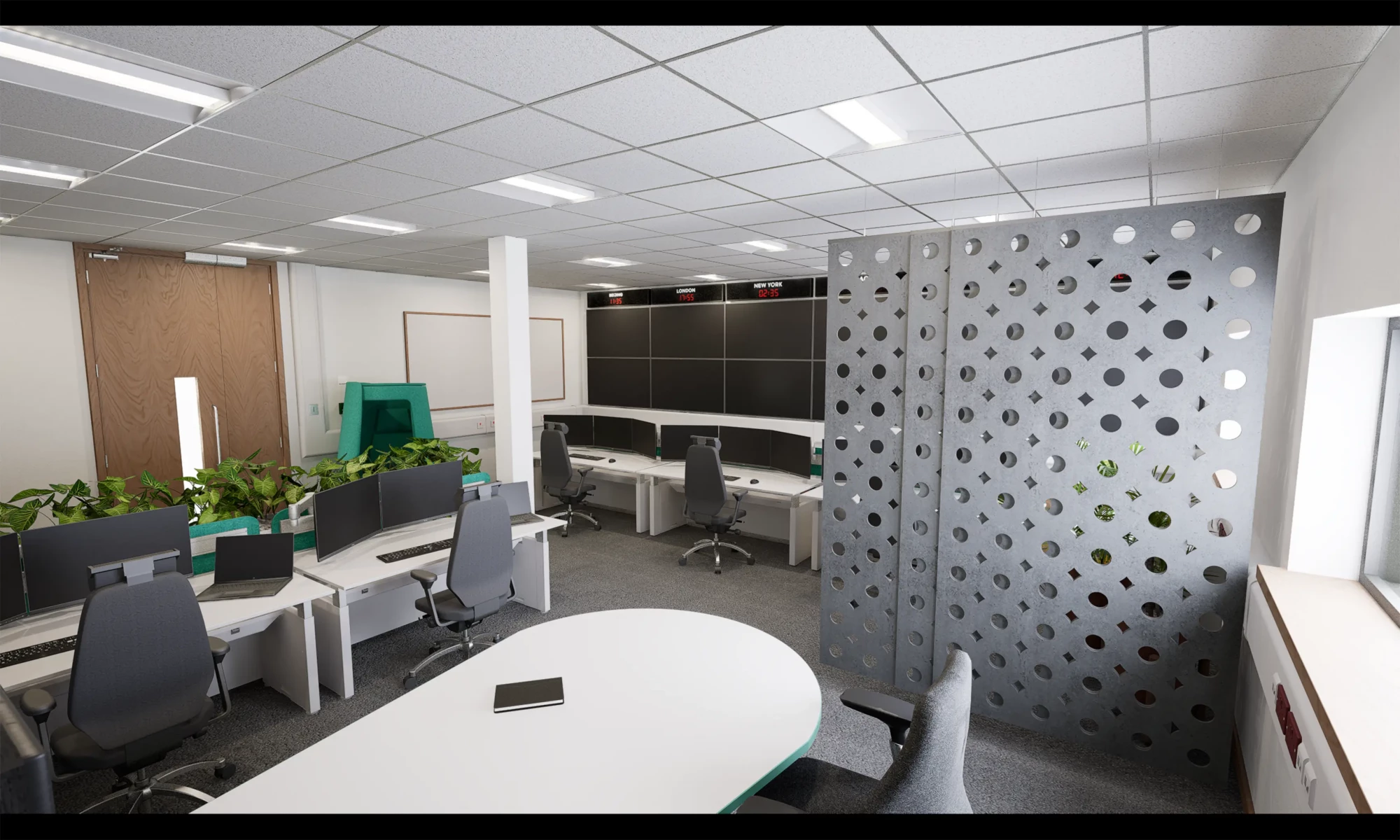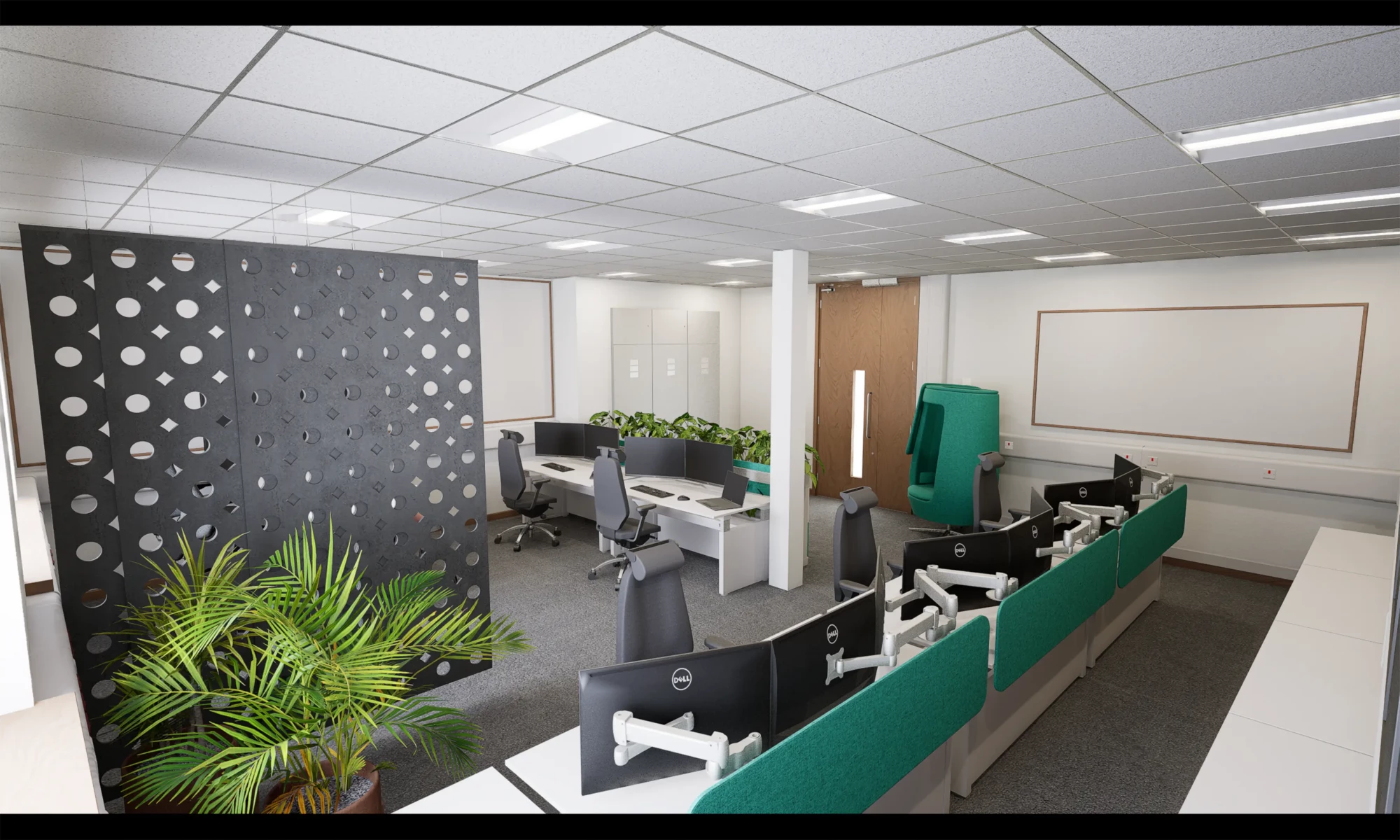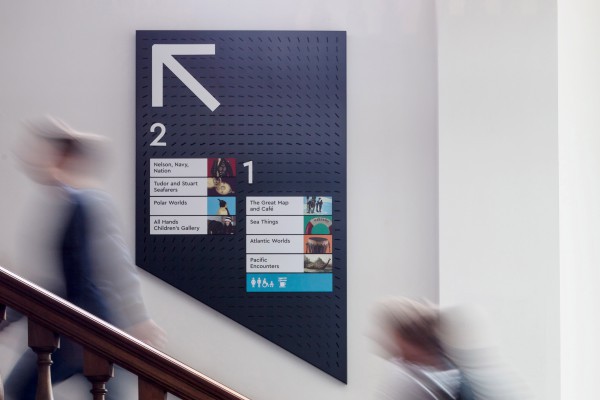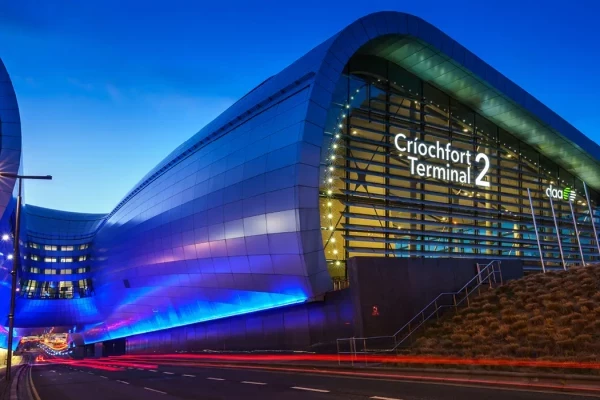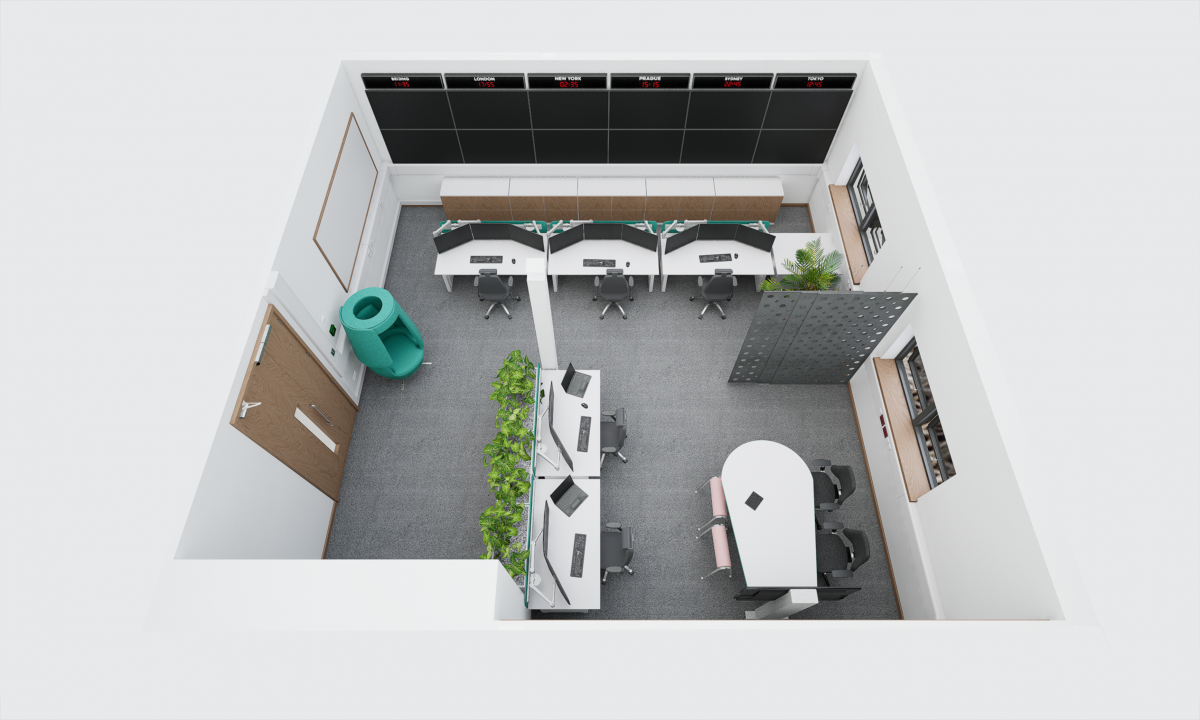
Data Centre Provider
Data centre operations design enabling customer needs to be serviced more directly and efficiently
Mima worked with a data centre provider to design an operations centre, which was specifically created to put efficient and quick customer response at the heart of operations.
Our Task
Our client wanted to transform their control room space to be service design-led. This meant incorporating features that facilitate a ‘customer first’ approach to operations. It also meant establishing ways to connect multiple sites and buildings, as one, with the control room acting as a central hub.
Our Solution
Mima collaborated with the client team to develop a service design-led concept aimed at attracting and retaining the best staff; both in the control room and across the wider data centre operation. Like other data centre providers, the client has found staff retention to be an increasing issue as the industry rapidly expands opening up career opportunities for experienced personnel. In parallel, an increasingly competitive job market has meant that bringing new high quality staff into the core of the operation has provided challenges. With all of this, there is a recognition that workplace experience is part of the package both new and existing staff are weighing up as they consider their next moves.
The design approach drew on insights and understanding of challenges in existing control rooms and with current ways of working to sift priorities for specific interventions. This brought focus to the integration of more intuitive systems, efficient and intelligent use of automation, better situational awareness and better informed engineers. The result is a space that encourages effective information sharing and supports proactive ways of working & decision making.
The control room design also includes features to enhance the staff experience and help users sustain energy & concentration levels, which in turn supports their productivity across shifts. These features include biophilic design (visual and tactile connections to the natural world), products that absorb sound, and a choice of different seating types. The latter are included to optimise human comfort within the room by creating choice and facilitating brief pauses or ‘restorative breaks’ at appropriate times.
